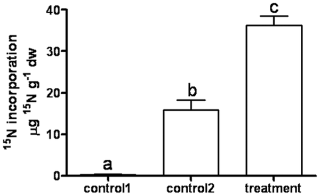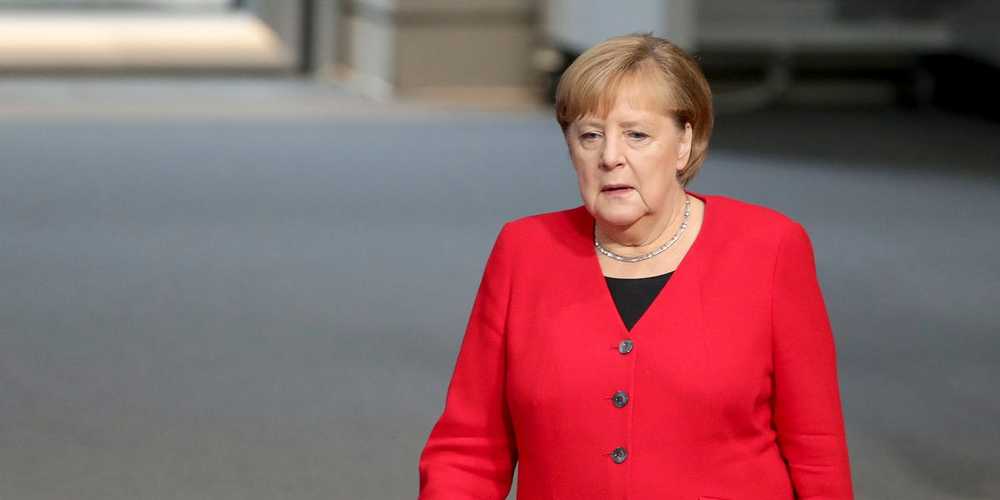If the finding from butchered mastodon bones stands up to scrutiny, it could change everything we thought we knew about the earliest humans in the Americas.





Editor: Juergen Kroymann, CNRS UMR 8079/Université Paris-Sud, France.
Received: June 7, 2010; Accepted: July 7, 2010; Published: July 30, 2010.
Copyright: © 2010 Paungfoo-Lonhienne et al. This is an open-access distributed under the terms of the Creative Commons Attribution License, which permits unrestricted use, distribution, and reproduction in any medium, provided the original author and source are credited.

A happy accident in the laboratory has led to a breakthrough discovery that not only solved a problem that stood for more than half a century, but has major implications for the development of quantum computers and sensors. In a study published today in Nature, a team of engineers at UNSW Sydney has done what a celebrated scientist first suggested in 1961 was possible, but has eluded everyone since: controlling the nucleus of a single atom using only electric fields.
“This discovery means that we now have a pathway to build quantum computers using single-atom spins without the need for any oscillating magnetic field for their operation,” says UNSW’s Scientia Professor of Quantum Engineering Andrea Morello. “Moreover, we can use these nuclei as exquisitely precise sensors of electric and magnetic fields, or to answer fundamental questions in quantum science.”
That a nuclear spin can be controlled with electric, instead of magnetic fields, has far-reaching consequences. Generating magnetic fields requires large coils and high currents, while the laws of physics dictate that it is difficult to confine magnetic fields to very small spaces—they tend to have a wide area of influence. Electric fields, on the other hand, can be produced at the tip of a tiny electrode, and they fall off very sharply away from the tip. This will make control of individual atoms placed in nanoelectronic devices much easier.


Chinese researchers have developed a robot designed to help doctors treat the new coronavirus and other highly contagious diseases.
The machine has a long robotic arm attached to a base with wheels. It can perform some of the same medical examination tasks as doctors. For example, the device can perform ultrasounds, collect fluid samples from a person’s mouth and listen to sounds made by a patient’s organs.
Cameras record the robot’s activities, which are controlled remotely so doctors can avoid coming in close contact with infected patients. Doctors and other medical workers can operate the machine from a nearby room, or from much farther away.

Useful video for the development of the rejuvenation industry.
Scientists today now have a better understanding of the aging process, giving us a better explanation of the cellular changes that lead our body and brain to decline as we age.
